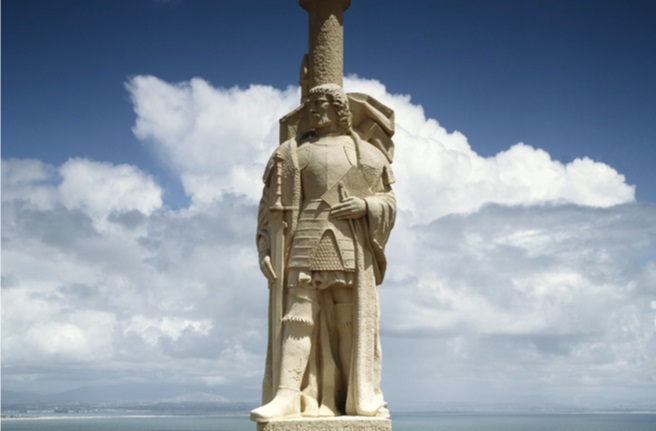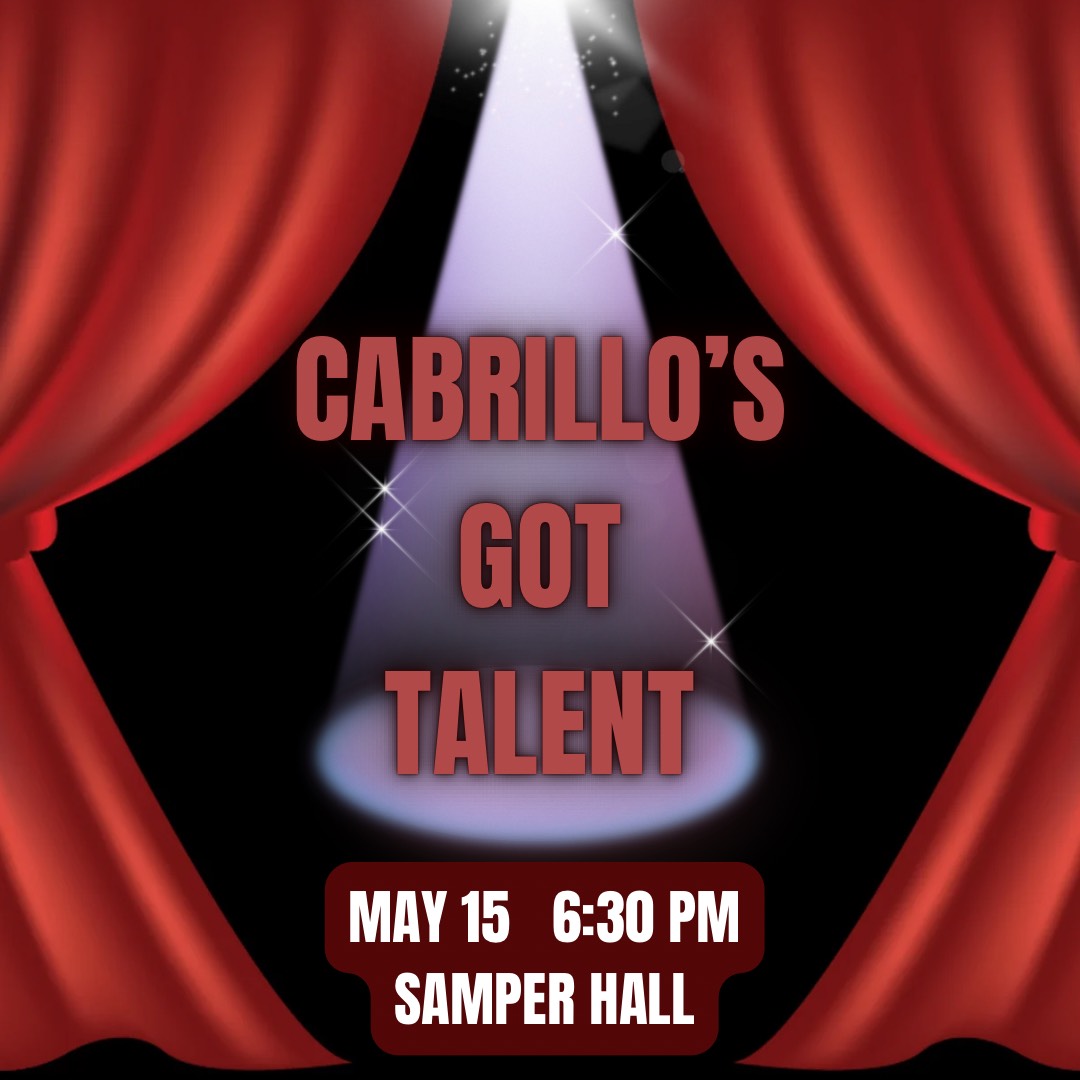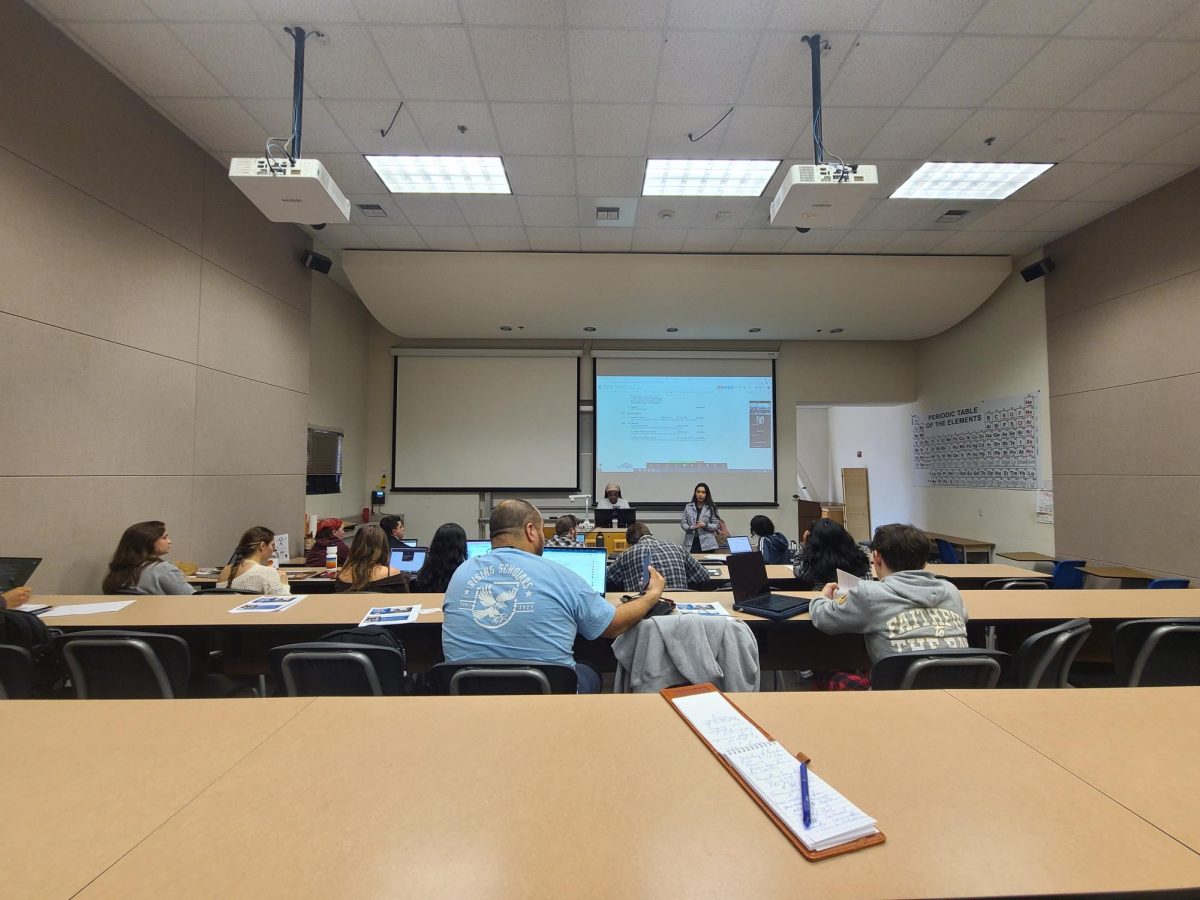Citing historical records of Juan Rodriguez Cabrillo’s enslavement, exploitation and genocide of indigenous peoples of 16th century America, a petition submitted by Cabrillo College teachers has prompted the school’s board of trustees to consider the possibility of renaming the college.
At their August 3 meeting, the board of trustees voted unanimously to create a three member subcommittee charged with exploring the current name of the college and offering recommendations with regard to a future change. Named to the subcommittee were trustees Adam Spickler, Christina Cuevas, and student trustee Amidia Frederick.
In an interview with The Voice, Spickler stressed that the decision making process is in the very early stages, with many aspects of the subcommittee’s work still undefined. Suggestions regarding the subcommittee’s process and timeline will be offered to the full Governing Board at a September meeting for discussion with a formal decision to be made at a later time.
Also to be determined will be the nature of community involvement in the process, possible alternate names, and the considerable financial cost involved. An article in the Santa Cruz Sentinel reports Cabrillo president Matt Wetstein estimating a final decision on the renaming to come after the end of the fall semester.
The original petition was made during the wave of demands for social justice following the killing of George Floyd. A number of Cabrillo teachers signed the petition, including History instructor Enrique Buelna, English instructor Martin Garcia, and Digital Media instructor John Govsky.
Precedents like the long fight to change the name of Washington D.C.’s pro football franchise suggest that the demand to rename Cabrillo will face opposition from those who wish to preserve tradition or avoid expense. The college has long put forward an idealized version of Juan Cabrillo, referring to him as an explorer rather than a conquistador.
The college website refers to Juan Rodriguez Cabrillo only as a “ship pilot” with a “sense of exploration and discovery.” The reality is that he was a soldier in service to the Spanish Crown who participated in the killing and subjugation of the Aztecs and was rewarded with the right to acquire wealth by exploiting slave laborers.







